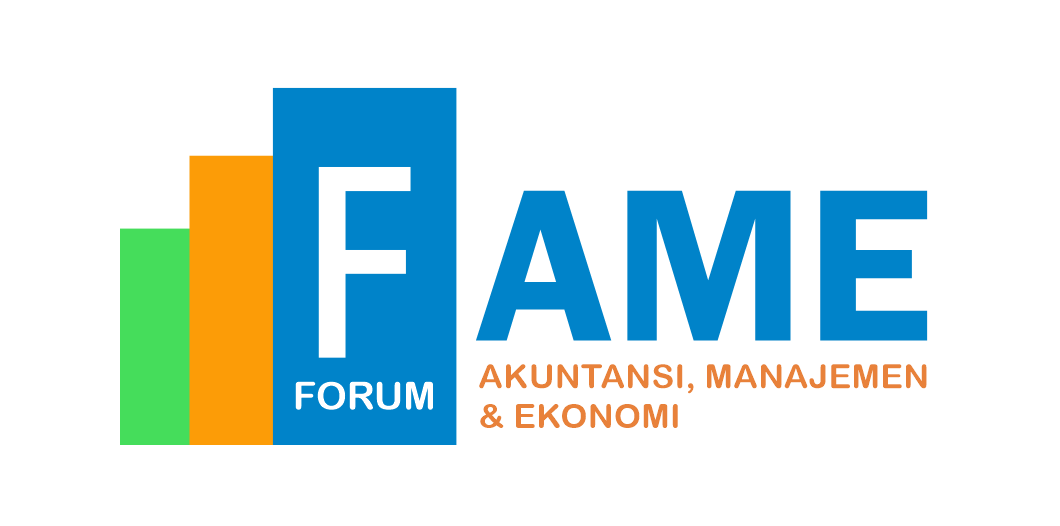SINTA 3 | Studi Akuntansi, Keuangan, dan Manajemen (Sakman) is a peer-reviewed journal in the fields of Accounting, Finance and Management. Sakman publishes relevant manuscripts reviewed by some qualified editors. This journal is expected to be a significant platform for researchers in Indonesia to contribute to the theoretical and practical development in all aspects of Accounting, Finance and Management.
Published
2026-01-05
Purpose: This research analyses Consumer Loyalty Influenced by Servicecape, Service Quality, and Lifestyle Through Consumer Satisfaction in Koda Bar Jakarta.
Methodology: This study involved 92 respondents as samples, with the Accidental Sampling technique used for sampling. We use the Path Analysis method to overcome this problem. This technique allows direct and indirect estimation with the help of the IBM SPSS application.
Result: In Stucture 1, Servicescape, Service Quality, and Lifestyle simultaneouly impact Consumer Satisfaction. However, only Service Quality and Lifestyle have a significant partial effect on Consumer Satisfaction, whereas Servicescape does not. In Structure 2, Servicescape, Service Quality, Lifestyle, and Consumer Satisfaction collectively influence Consumer Loyalty. Yet, only Servicescape and Lifestyle significantly affect Consumer Loyalty, while Service Quality and Consumer Satisfaction do not. Additionally, Servicescape, Service Quality, and Lifestyle do not indirectly affect consumer loyalty through consumer satisfaction, as evidenced by the Sobel test results, which show no mediating effect.
Conclusion: Service Quality and Lifestyle influence satisfaction, while loyalty is driven by Servicescape and Lifestyle. Satisfaction does not serve as a mediator. These findings highlight the importance of service quality, understanding customer lifestyles, and optimizing the bar’s physical environment.
Limitations: This study is limited to one research object only, and has not considered other variables that may also affect consumer loyalty, such as price or promotion.
Contribution: This study contributes to the understanding of how factors such as servicescape, service quality, and lifestyle can affect consumer satisfaction and loyalty in the entertainment and hospitality industry, and provides suggestions for entrepreneurs to design better consumer experiences.
Purpose: This study aims to analyze the influence of K-Pop idols as brand ambassadors for Ultra Milk on consumer purchase intention by examining the roles of advertising content value, influencer credibility, video attitude, brand attitude, and social shopping.
Research Methodology: A quantitative research approach was employed through an online questionnaire distributed to 232 Ultra Milk consumers in Indonesia who were aware of the brand’s collaborations with K-Pop idols ITZY and Stray Kids. Data were analyzed using SmartPLS software with the PLS-SEM method to test the structural relationships among the studied variables.
Results: The results indicate that advertising content value and influencer credibility positively affect video and brand attitudes, both of which further enhance social shopping behavior and purchase intention. Moreover, video and brand attitudes mediate the relationships between advertising content value, influencer credibility, and social shopping.
Conclusion: The study concludes that using K-Pop idols as brand ambassadors effectively enhances brand perception and consumer engagement, thereby increasing purchase intention in digital marketing contexts.
Limitations: The study’s findings are limited to Indonesian consumers familiar with Ultra Milk’s collaboration with K-Pop idols, which may restrict broader generalization to other populations or product categories.
Contribution: This research enriches consumer behavior and digital marketing literature by providing evidence of how global influencer collaborations strengthen local brand equity and drive purchase intentions, offering strategic insights for marketers operating in emerging markets.

 Google Scholar
Google Scholar Garuda
Garuda Sinta
Sinta










